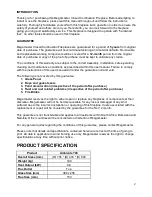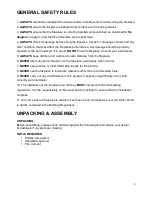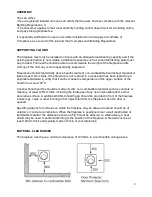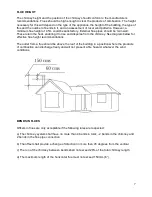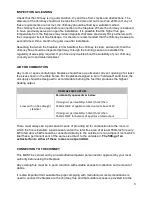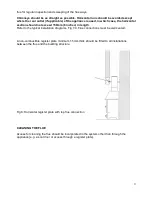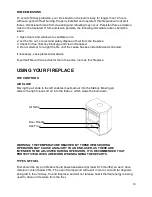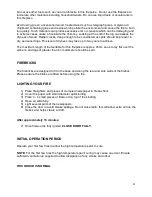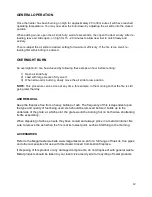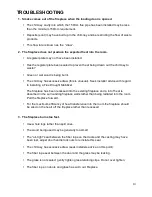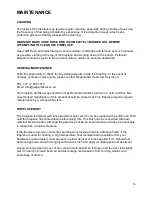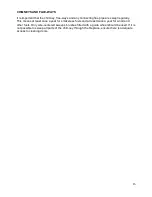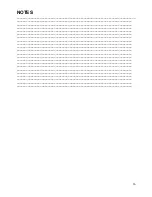
7
FLUE HEIGHT
The chimney height and the position of the chimney should conform to the manufacturers
recommendations. Flues should be high enough to clear the products of combustion. The height
necessary for this will depend on the type of the appliance, the height of the building, the type of
flue and the number of bends in it, and an assessment of local wind patterns. However, a
minimum flue height of 4.5m could be satisfactory. External flue pipes should be ‘twin wall’.
These retain the heat, enabling it to rise and disperse from the chimney. See diagram below for
effective flue height recommendations.
The outlet from a flue should be above the roof of the building in a position where the products
of combustion can discharge freely and will not present a fire hazard, whatever the wind
conditions.
BENDS IN FLUES
Offsets in flues are only acceptable if the following rules are respected:
a) The chimney system shall have no more than 4 bends in total; - 2 bends in the chimney and
2 bends in the flue pipe connection.
b) The offset shall provide a change of direction no more than 45 degrees from the vertical.
c) The run of the chimney between bends shall not exceed 20% of the total chimney length.
d) The maximum length of the horizontal flue must not exceed 150mm (6”).


